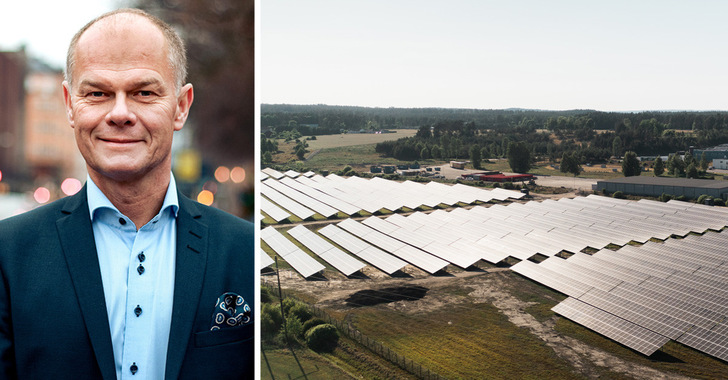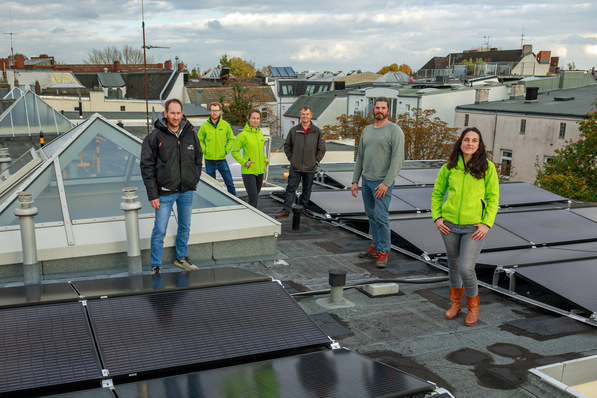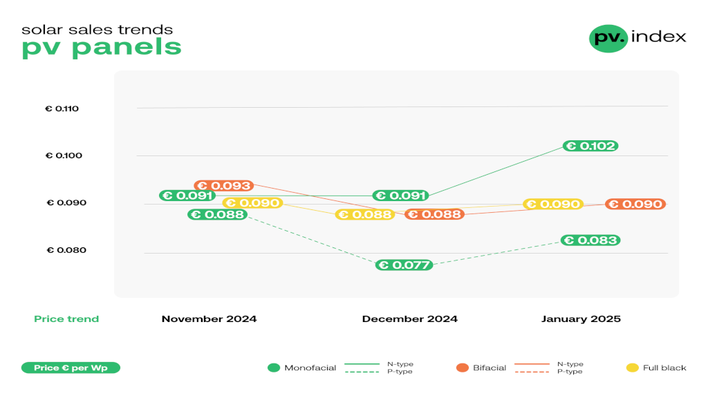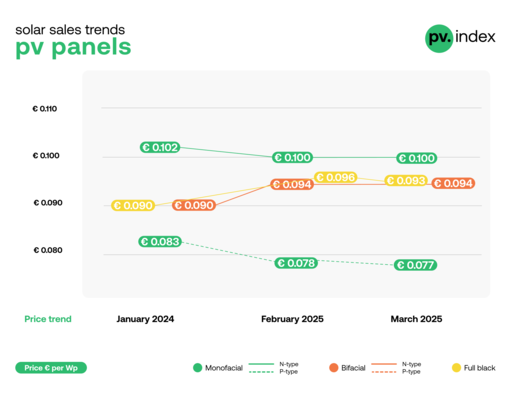2023 was another year marked by unpredictability. Several wars, inflation and high interest rates, a shaky stock market and an ongoing climate crisis are placing new demands on many industries. Renewable energy is no exception. But in terms of the solar energy industry in general and Soltech in particular, great progress was made during the year. CEO Stefan Ölander outlines some of the bright spots and points out some trends that will brighten up the solar energy year 2024.
Soltech Energy had an eventful 2023. The Group has grown to consist of more than 1,000 employees in Sweden, Spain and the Netherlands, and a total of five bolt on-acquisitions were made to strengthen existing companies. An acquisition of an electrical engineering company in the Stockholm area was also carried out.
In terms of operations, a number of major projects were initiated in the Group in which large-scale tech solutions will be delivered to energy companies, property owners and other community builders. In the solar park area, Soltech has a growing portfolio with a potential exceeding 1,000 MW. This portfolio has been built up in recent years and will be sold off on an ongoing basis, as communicated in July 2023.
Solar energy and green technology solutions progress in Sweden
Another sign of strength during the year was organic growth. During the interim period January-September, it amounted to a full 41 percent, which testifies to the fact that the subsidiaries are developing in the Group. Together, net sales of more than SEK 2 billion were also delivered in the first three quarters of 2023 with significantly improved profitability.
Solar energy development continues to make strong progress globally and is predicted to increase even more in 2024. Not least after new EU directives on solar systems on properties and after the conclusions of the UN climate summit COP 28 in Dubai. A historic summit that stated, among other things, that a tripling of renewable energy capacity by 2030 is needed.
Did you miss that? Sweden: PPA contributes to new solar park
In Sweden, solar energy and green technology solutions also progressed. The development of larger solar parks, rooftop installations, charging stations and larger battery storage facilities was strong in 2023 and is expected to grow further in 2024. Regarding the private market, however, the Swedish solar energy industry had a lower growth compared to 2022. This was mainly due to high interest rates and lower electricity prices. Despite this, the number of private installations still increased by almost 100 percent in 2023.
Also interesting: Sweden: Low carbon footprint panels to power 6.1 MW PV rooftop
„Many factors indicates that solar will increase sharply, both in Sweden and globally. Not least after COP 28 pointed out the importance of increased investments in renewable energy sources and that we hopefully see falling interest rates in the coming years“, concludes Stefan Ölander.
Predictions for the solar energy industry in 2024
The private market is predicted to peak again
Interest rate cuts are underway in 2024 and 2025. This will have a positive impact on Swedish homeowners' willingness to invest in green energy
The increase of hybrid solutions
One of the trends in 2024 is expected to be an increased focus on hybrid solutions that include both solar energy and tech solutions such as large-scale energy storage. The development took off already in 2023 but will now increase further. Through hybrid solutions, larger properties can become their own electricity producers and at the same time support an already strained electricity grid.
Solar panels on large properties can no longer be deprioritized
Many properties already have solar panels, but even more are still lacking solar panels. To have a chance of meeting the solar energy targets in the EU's Energy Performance of Buildings Directive (EPBD), the pace of solar PV installations must increase significantly. More areas on properties must be used for solar energy solutions and therefore solar facades will become an increasingly important complement. (hcn)









